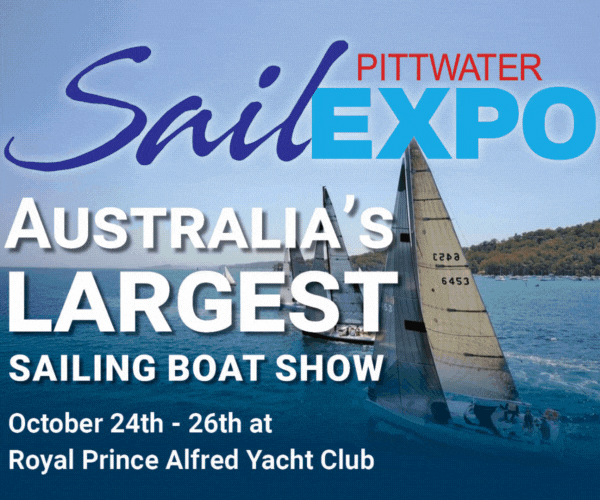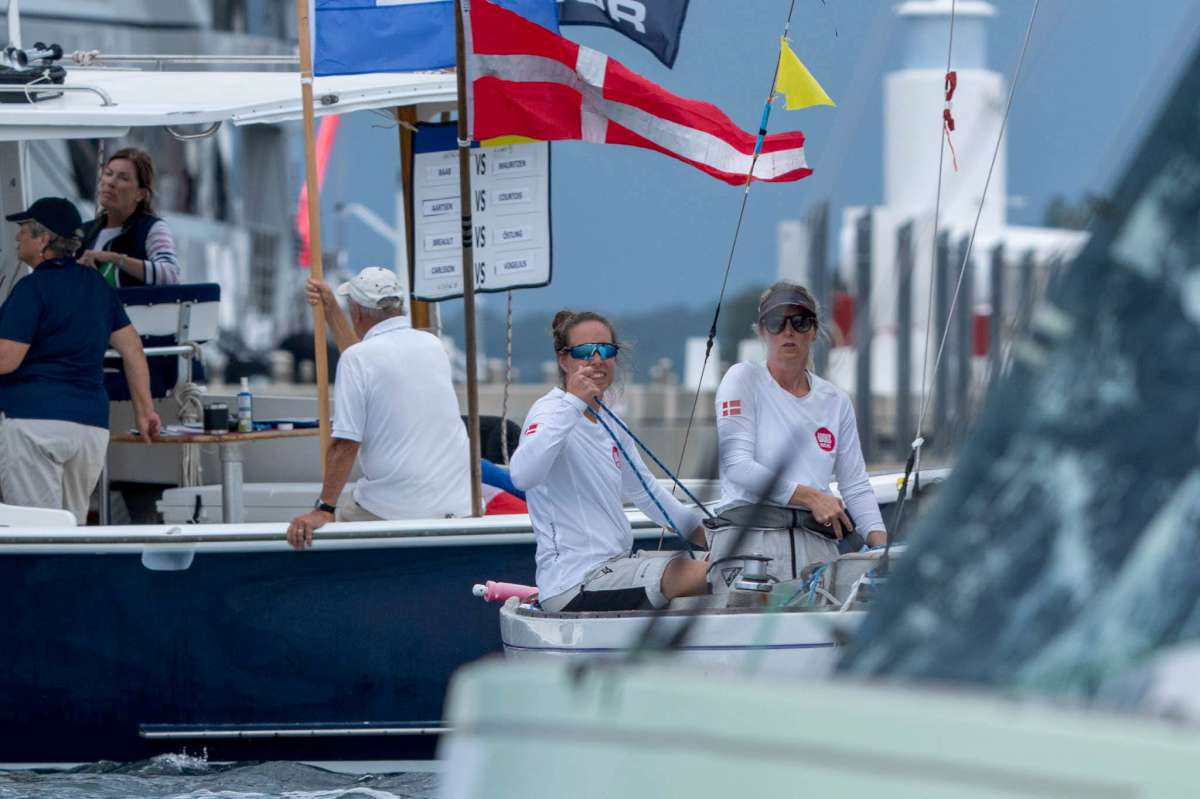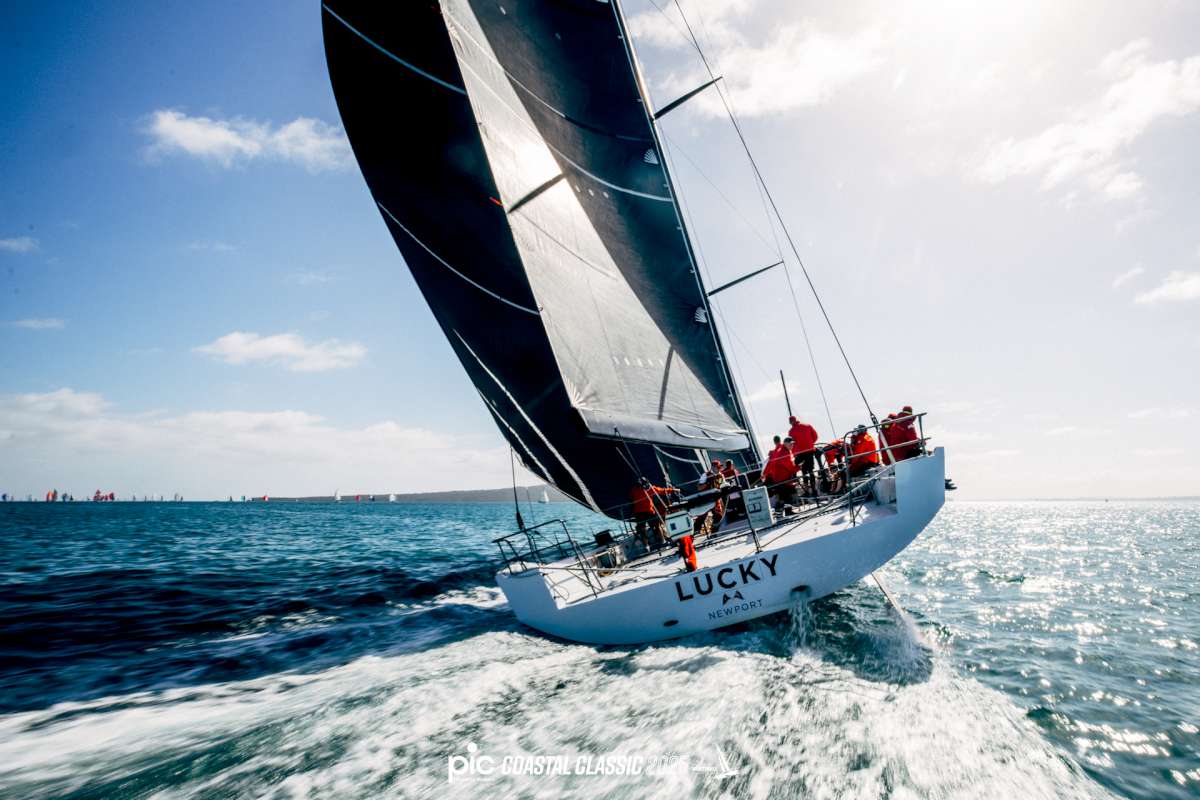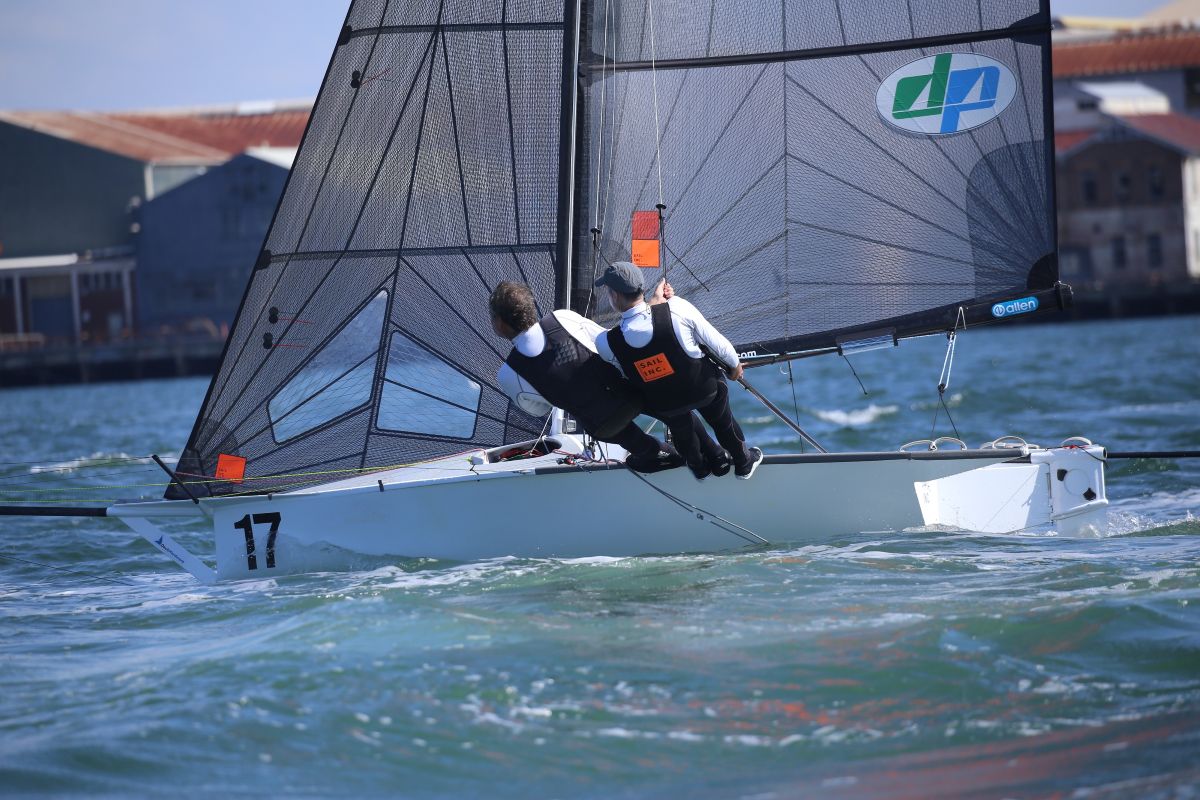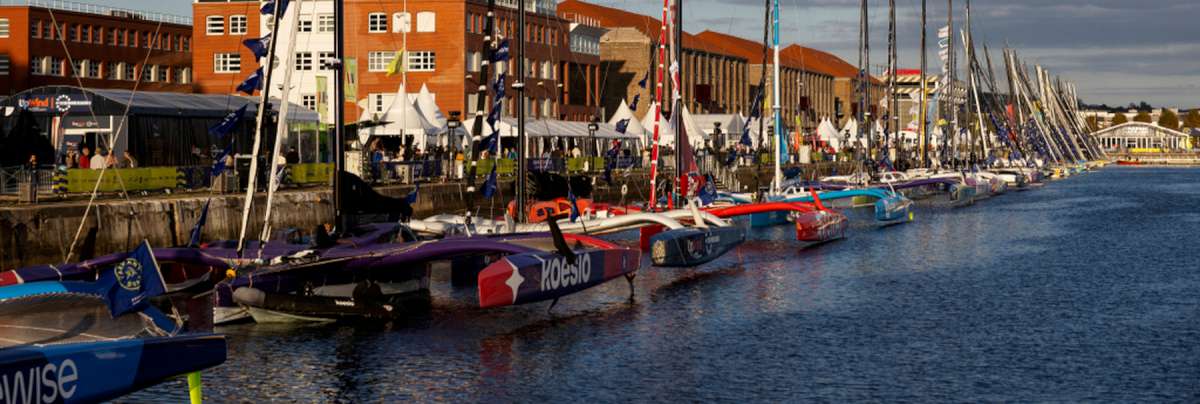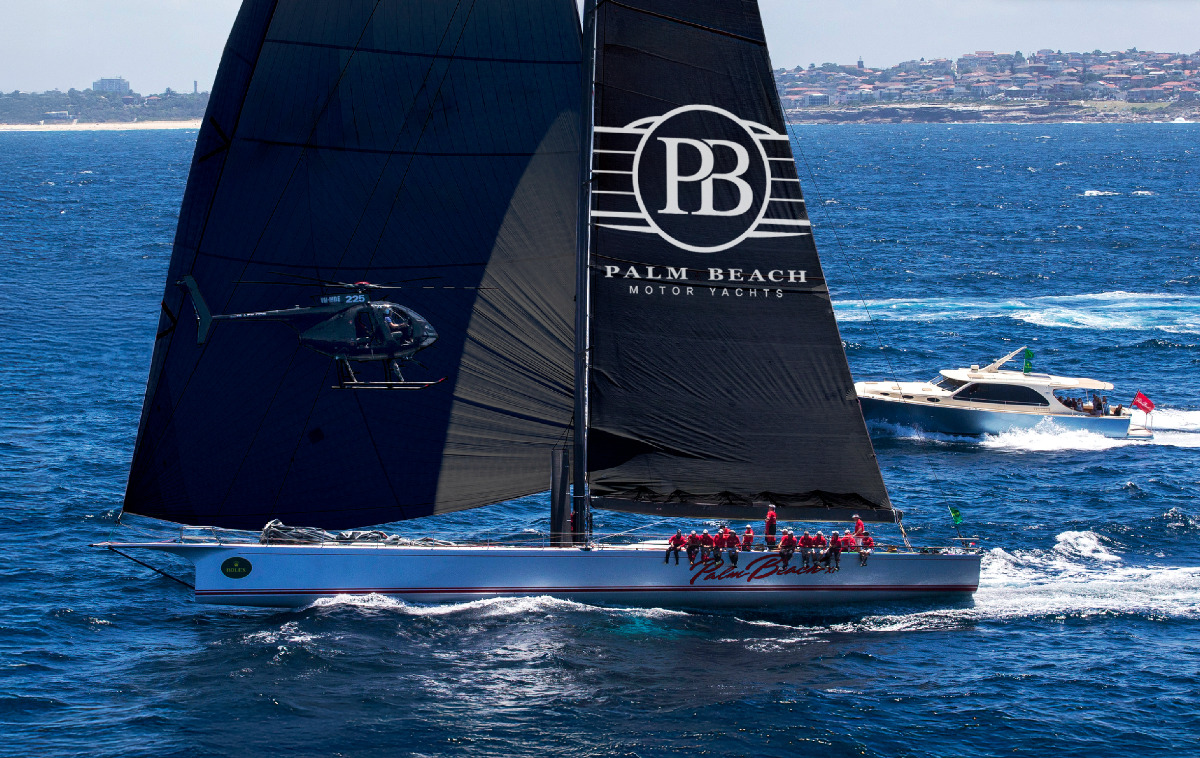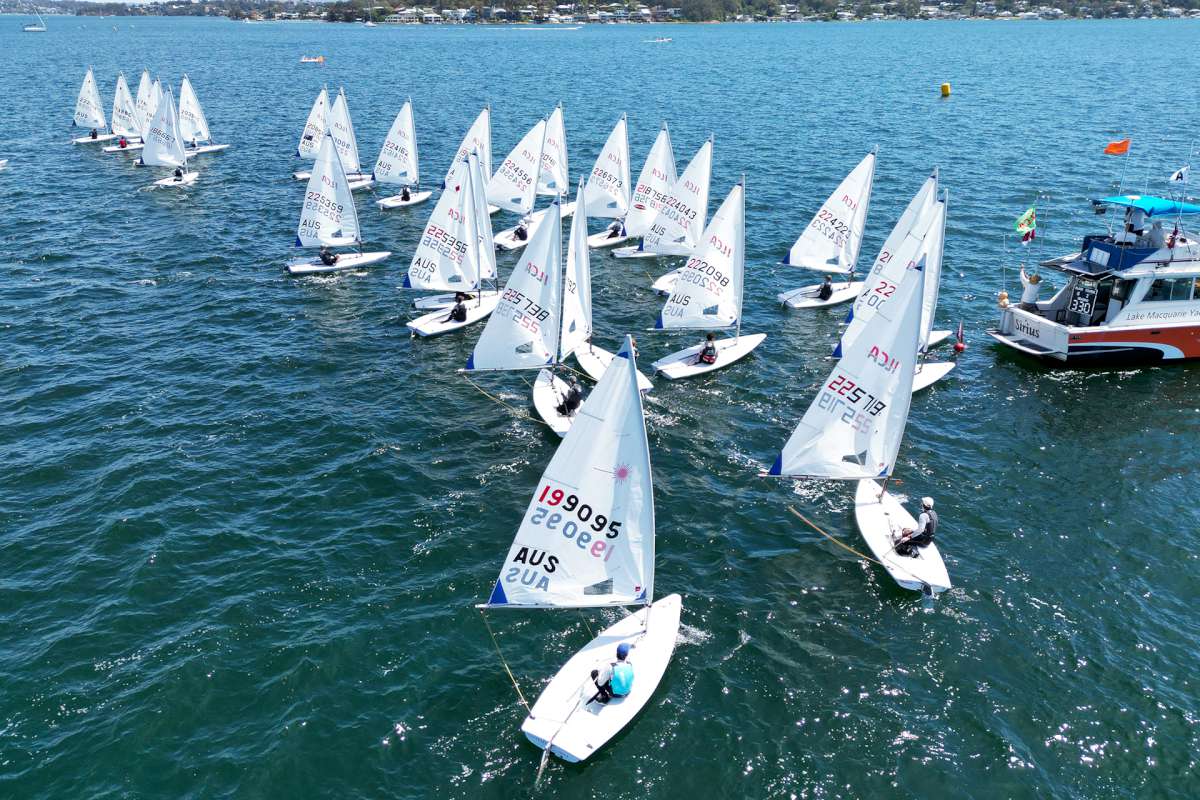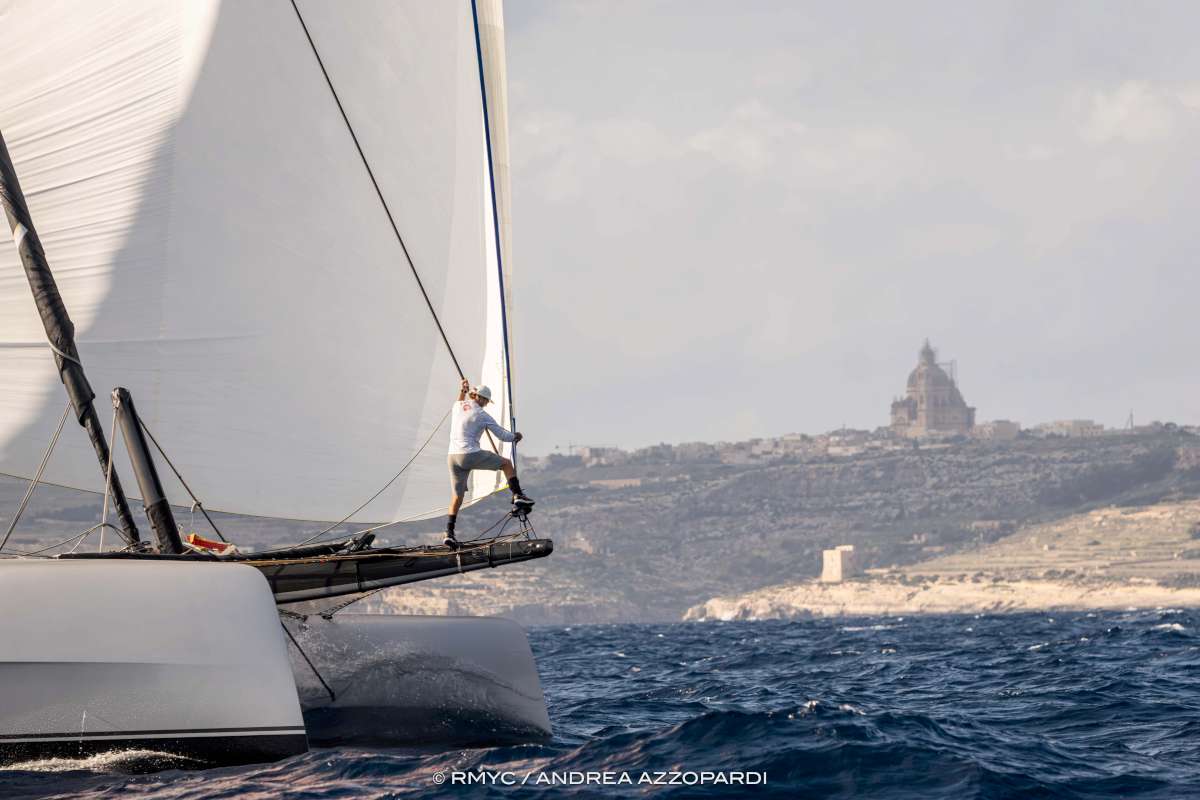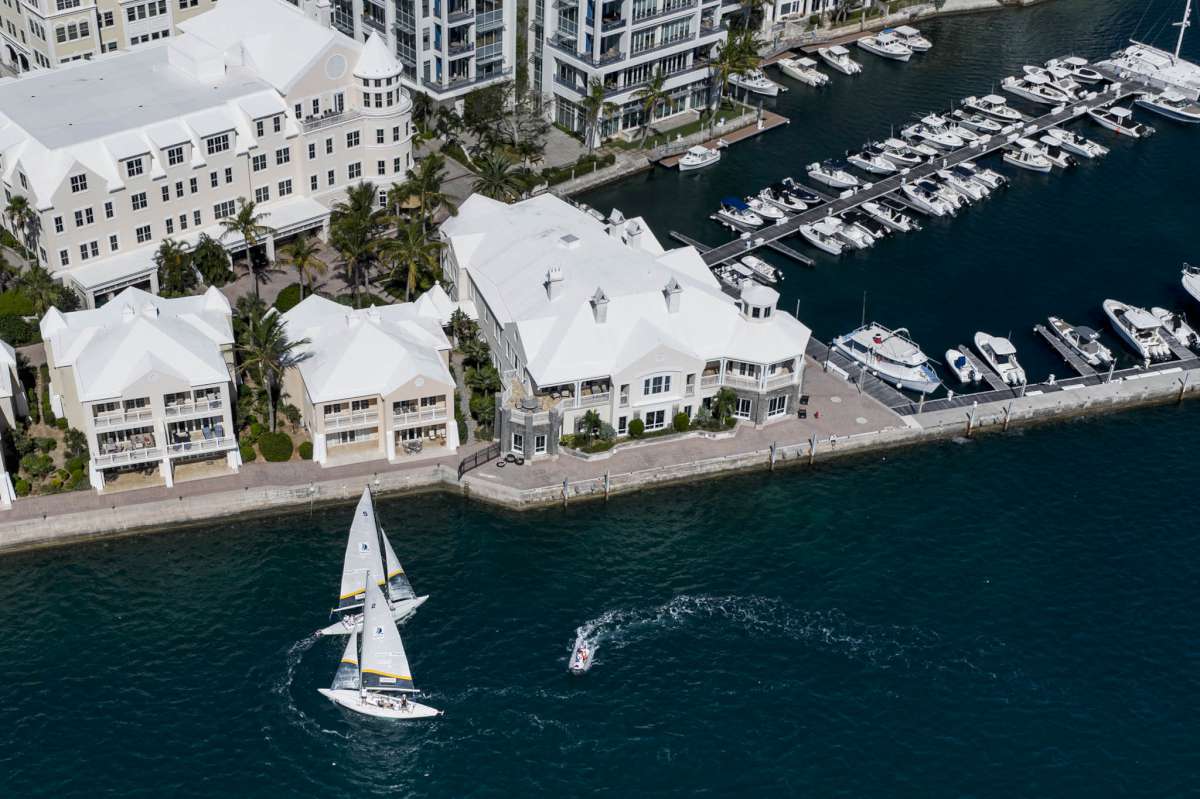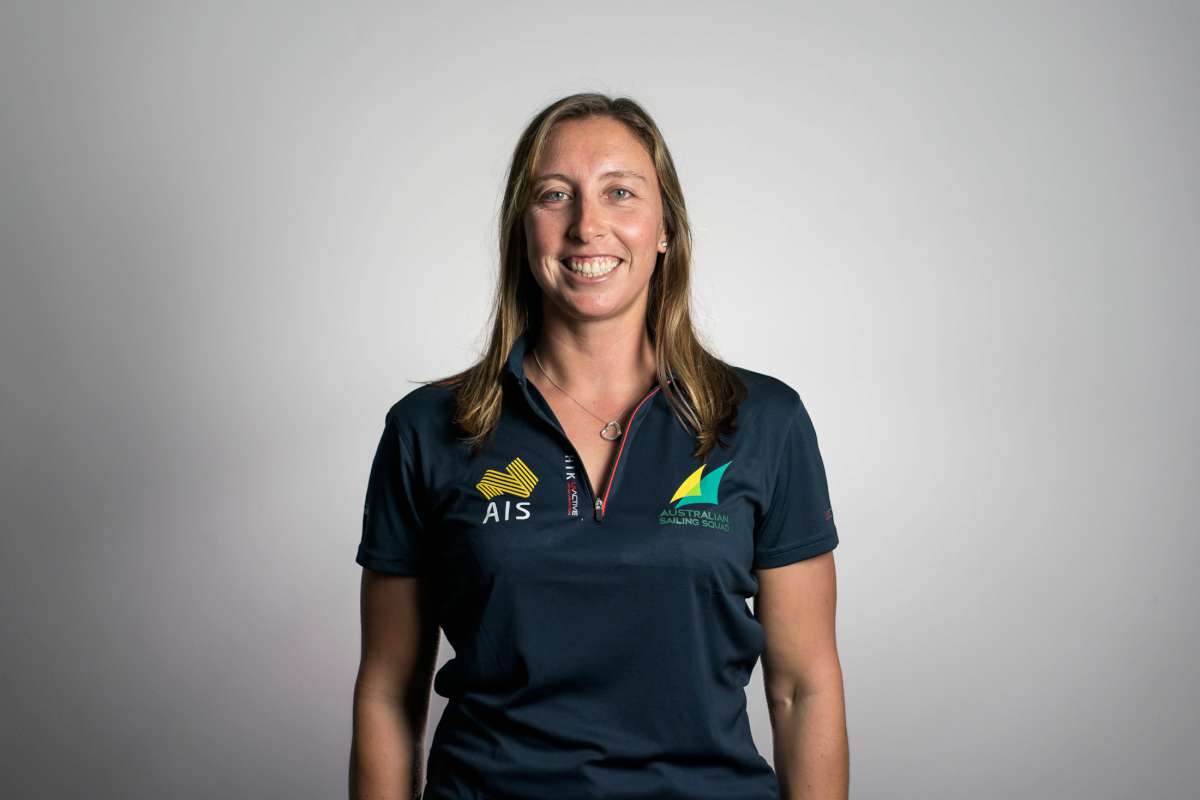Race tracker and Automatic Identification System (AIS) technology is becoming more and more prevalent in yacht racing. In this article I explore what these technologies can offer us, how they can be used to our advantage and some
of the drawbacks.
The 2014-15 Volvo Ocean Race was often referred to informally as the World Ocean Match Racing Series because the racing was so close between the teams. One of the reasons for the close positions of the boats was because they could keep one eye firmly on the opposition using AIS technology. Once out of AIS range of each other (approximately 8 to 12nm) the Volvo Ocean Race fleet had to revert back to the standard six-hourly position reports because they were prohibited from using three-hourly tracker data. Using the six-hourly reports meant that the fleet would split in a more traditional manner.
However, in many other ocean races these days, the Notices of Race require more regular position reporting for media coverage. This has seen trackers bridge the gap between near-live AIS positions and the six- hourly position reporting from traditional radio schedules.
What IS AIS
AIS came about because of the need to identify large vessels in commercial shipping zones. It provides critical data to captains to help them avoid collisions.
AIS uses a GPS receiver to obtain the vessels position and an AIS transponder which broadcasts that position via VHF radio. On the other end of the broadcast, an AIS receiver receives the position and boat's MMSI number. Other useful data such as vessel length, vessel type, speed, heading, rate of turn, etc. are also broadcast. This data can be provided either in a table or as a direct chart overlay.
AIS broadcast requirements are broken down in to two types, Class A, and Class B. Class A is required for commercial vessels. It has a broadcast rate of a few seconds and high transmission power of 12.5W. Class A broadcasts have other legal requirements such as monitoring. Class B requirements, which are the type which will be the focus of this article, typically have a refresh rate of around 30 seconds and a transmission power of 2W.
USING AIS WHEN RACING
For yacht racers, AIS can give you some very useful data for keeping an eye on your fellow competitors. It is possible to infer tactical information from the data. For example, a lift or header can be inferred based on their boats heading, or an increase in wind strength based on their speed.
What is Yellow Brick tracking?
Yellow Brick trackers have become the gold standard of race tracking over the last few years. Almost every major race now uses the “Yellow Bricks”, so named for their bright yellow colour and size similar to the old Nokia brick phones. The manufacturer of Yellow Brick trackers recently changed their name to YB trackers.
The YB trackers use the Iridium satellite service to track the position, SoG, and CoG of each yacht, typically at 15 minute intervals. These data are then overlayed on to a “Google maps” style chart which can be embedded into the event website. There is also a smartphone app for displaying the data on the go.
With some handy safety features such as a distress button, and a battery life of around three weeks (on a 15 minute refresh rate), many race organisers now use YB trackers as their primary way of keeping tabs on the fleet. As a result of YB trackers and similar trackers, many race organisers now use only “listening” schedules rather than a full position roll call for their races.
Tracking in Expedition
Those who watched the Whitbread Round the World Race as a child like I did will remember the daily position reports. The navigators came on deck and read out the gains and losses to each boat after the radio schedule. Nowadays with AIS, YB trackers and six hourly position reporting, it is near impossible to keep up doing the calculations long hand. Imagine having to plot out each boat every 15 minutes based on its YB tracker position… too hard right?
Fortunately Nick White, the author of Expedition (possibly the most widely used race navigation software in Australia) has written tools to update positions automatically for you using AIS and tracker data.
By linking your AIS system to Expedition, you can nominate the MMSI numbers of the yachts you wish to track. Then Expedition will give you critical performance data for those yachts. Automatically you will get each yacht's range, bearing, SoG, CoG, and VMC (velocity made good on course). Over the course of the race, this develops into an almost real-time plot of your competitors on your chart. Expedition can also track your competitors' two, five and 10minute average CoG, SoG and VMC so you can see any trends.
Once the AIS drops out of range (hopefully because you have pulled away over the horizon) you can switch to the YB tracker data.
All you need is the yacht race YB tracker race ID. For example, this year's Sydney to Gold Coast race ID was SGCR2015. Enter the YB race name, and Expedition will update the boat database, and display the relevant yachts' positions on the chart. You can then use the “race schedules” feature to display a whole raft of information such as the competitor’s ranges, bearings, CoG, SoG, VMC, as well as distance to finish (DTF), gain/loss, and even their position on corrected time
Which one to use and when?
AIS being near real time is useful only when in VHF range of the other boat. Its great for short haul races, and when close to other boats for shorter-term strategy.
Yellow Brick's 15 minute update, and straight in to expedition with a simple button click, is great for the duration of the race for both medium and long-term strategy against the fleet. It is also worth considering the update time of the tracker (usually on the hour, and then at 15 minute intervals) when making tactical moves such as a tack or a gybe. Doing the move just after the update may give you a 15 minute jump on the fleet.
Radio schedules every eight hours, are a last resort, and only really good for longer-term strategy. In most races we do around Australia, the time between scheds is too long to react to most tactical moves.
Is it good for racing?
Gone are the days where there are big splits in the fleet. Longer races are now effectively sprints or match races where you can’t lose your opposition. Many tactical opportunities that one would have taken before would now not be taken due to the risk of splitting with the fleet.
Will Oxley; navigator on board Alvimedica in the Volvo Ocean Race 2014-15 says, “I’d be happy getting a position report every 12 hours and nothing else. We often sailed our best when we were not obsessing about the AIS. However, AIS is a major safety improvement so I think we are stuck with it.”
I’d tend to agree with that. In my experience you often sail better sailing your own race. Given that this level of information is likely to stay, we need to learn how to use it to our advantage without losing the skill of tactical navigation. Sailing defensively has its place in offshore racing, but with AIS and trackers some of the tactical attacking skill has gone. Before the days of AIS and trackers you didn’t know where your competition was for certain, so their position played less of a factor in your decision making process.
Running tactical software for tracking is no longer just for the longer races. Learning to use the tracking features can give you some great tactical information on the rest of the fleet that will help get yourself in a better position. It is worth the investment to ensure you have a good system on board for receiving AIS information and a good Internet system for YB tracker data. But use it wisely, and keep sailing the fast route when you are confident in it, rather than defensively against the fleet.
Is defensive sailing from the moment you start a good idea? It is normally going to be better to be proactive in your decision-making than reactive. Use the tools wisely and at the best time for your strategy. ✵


